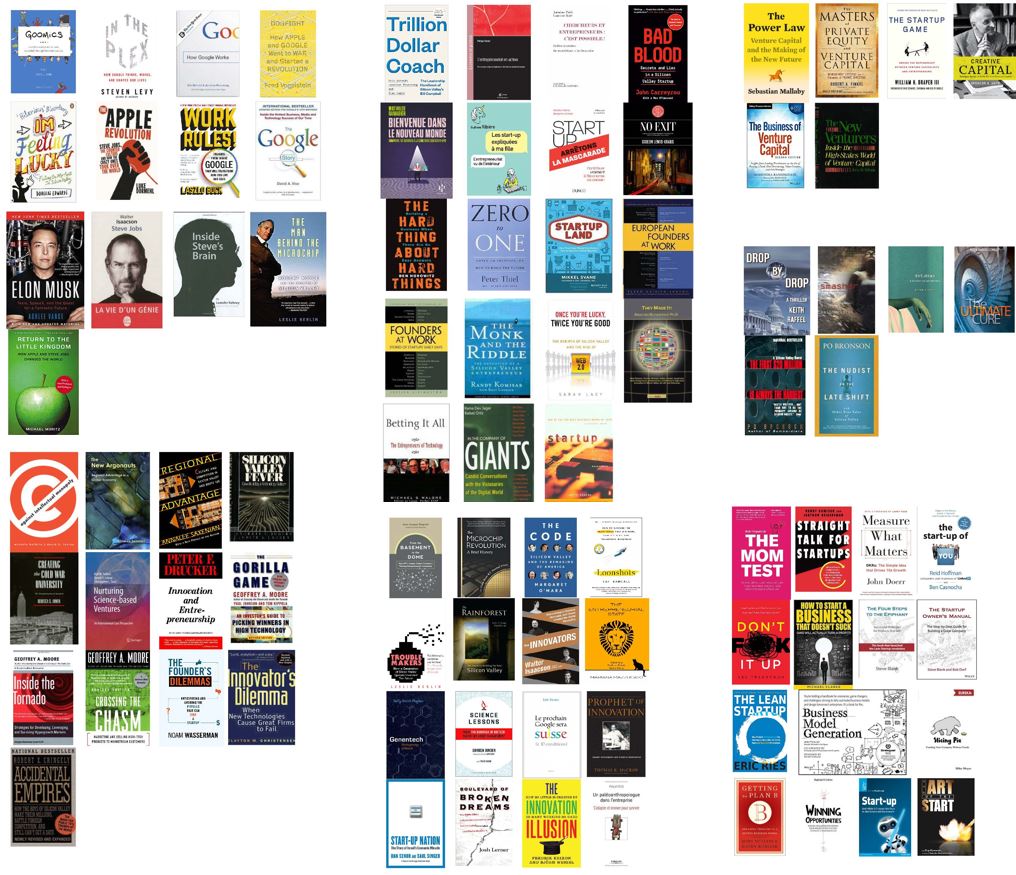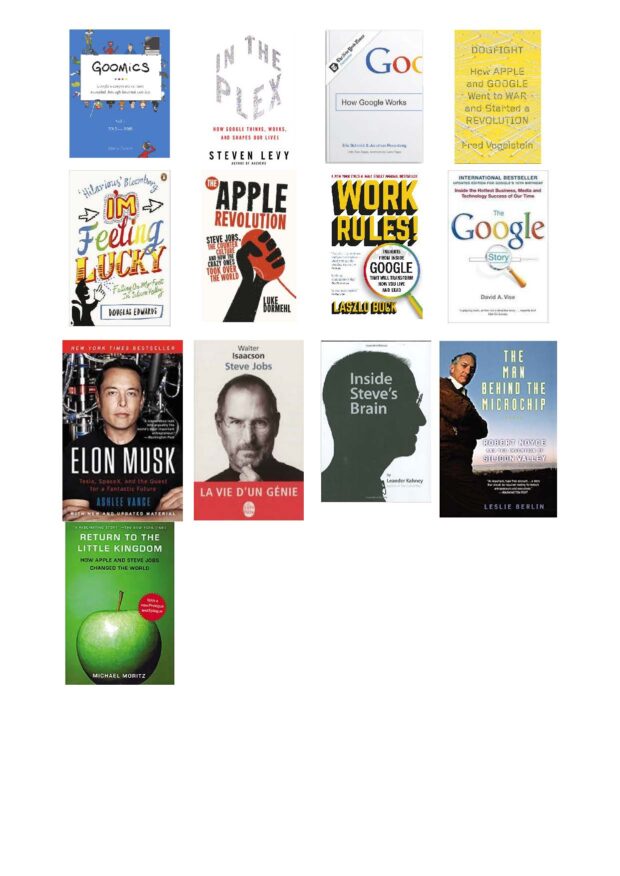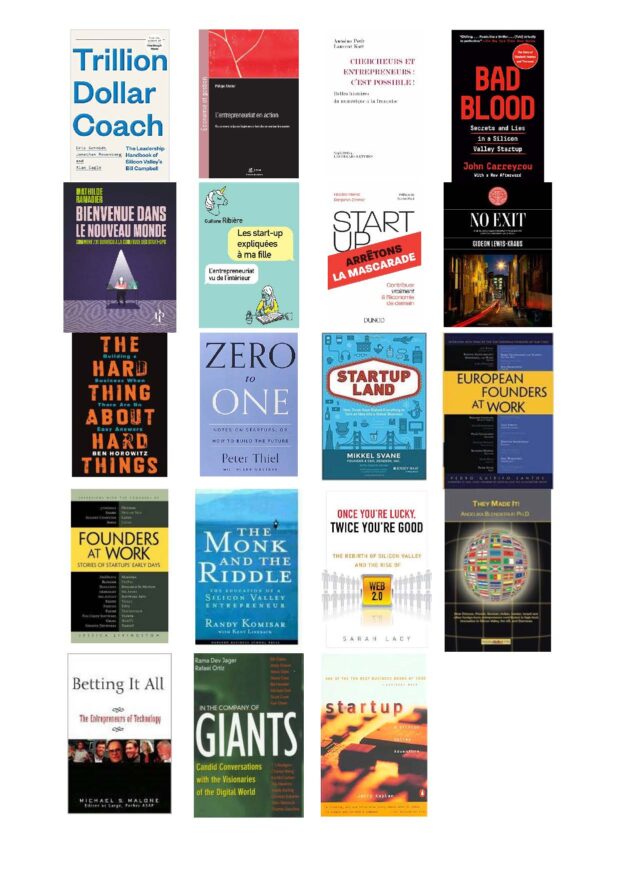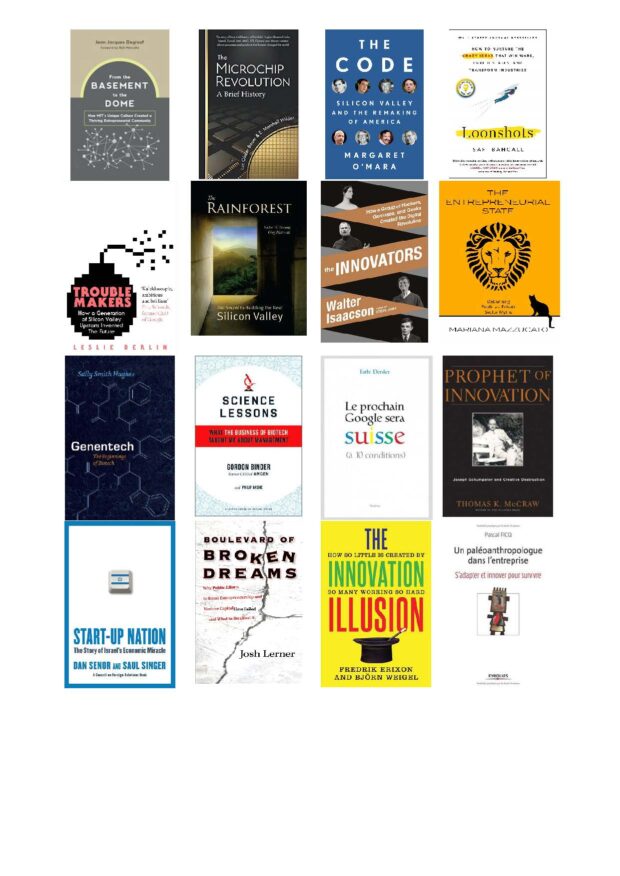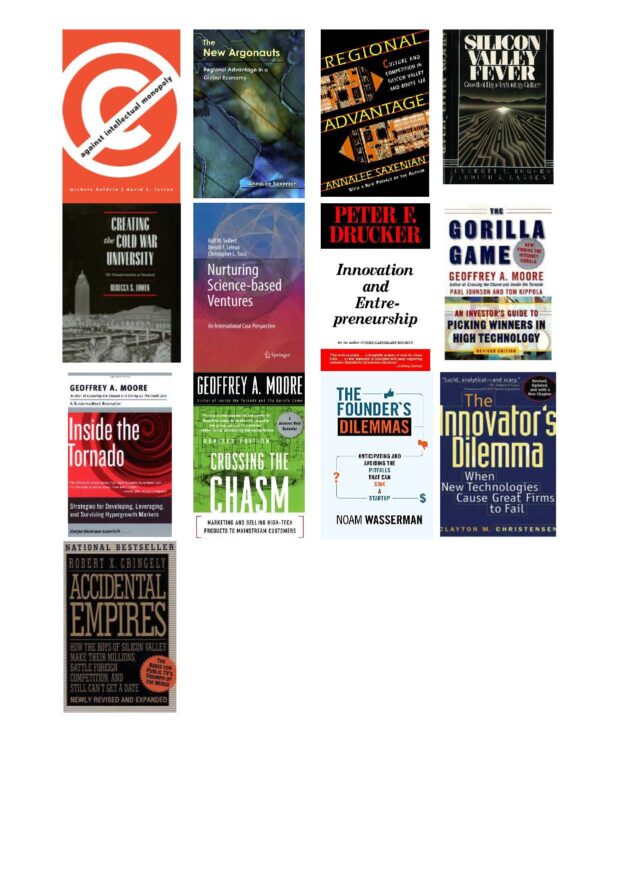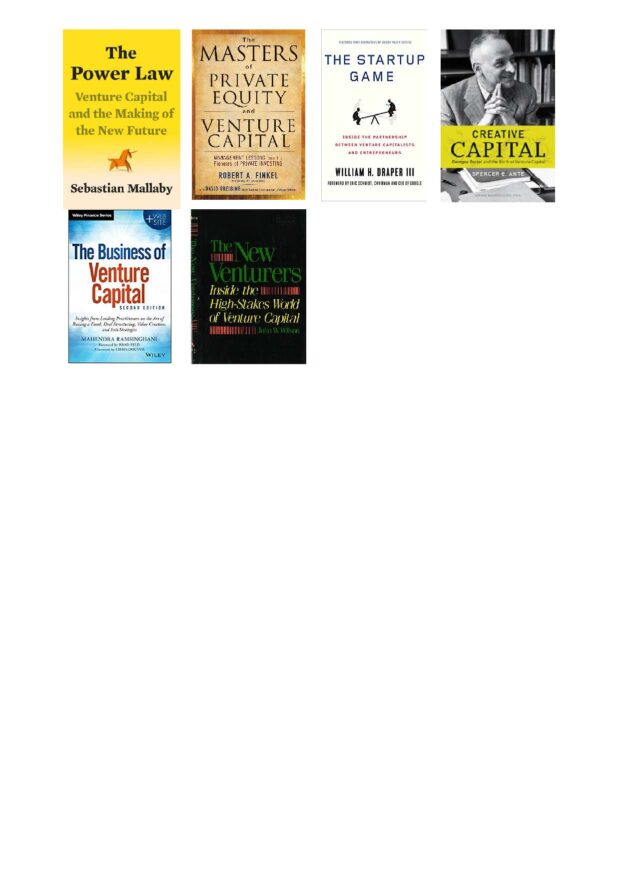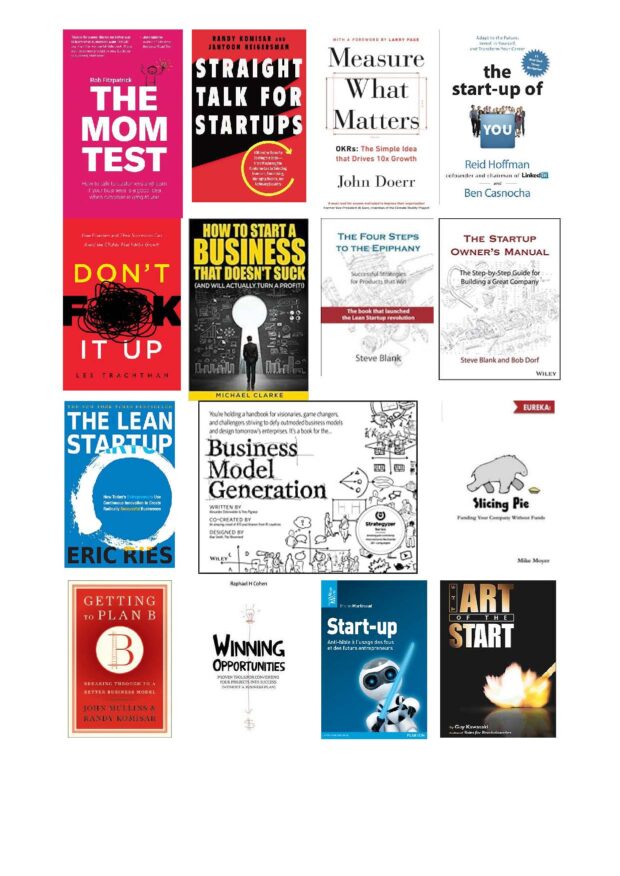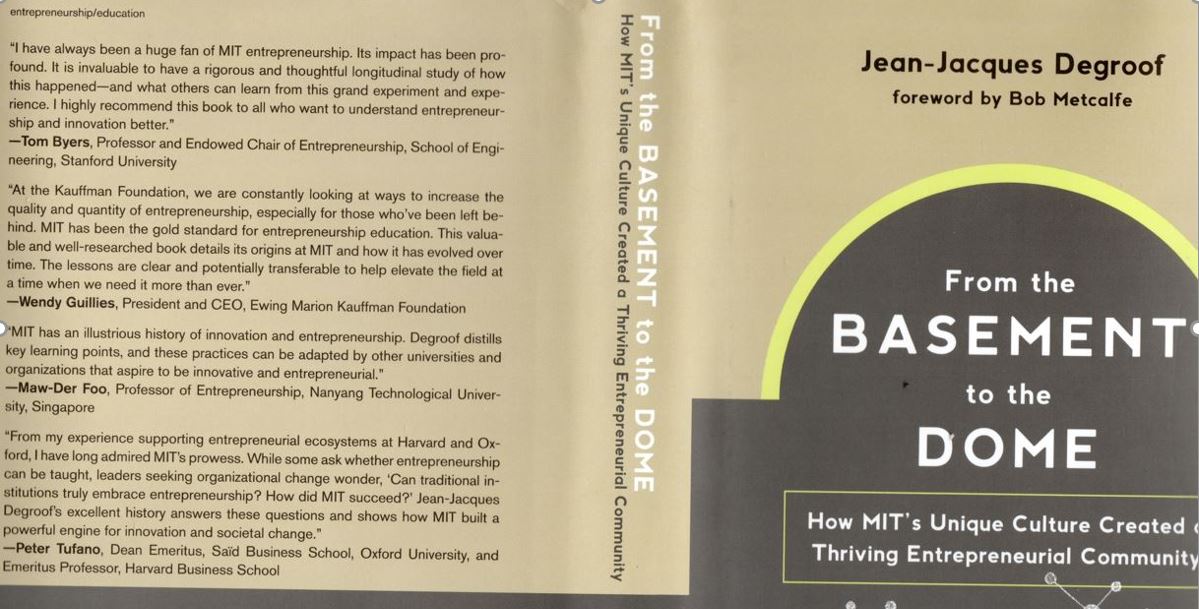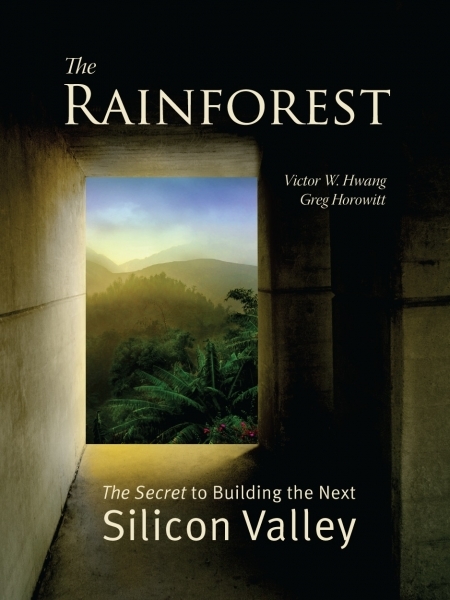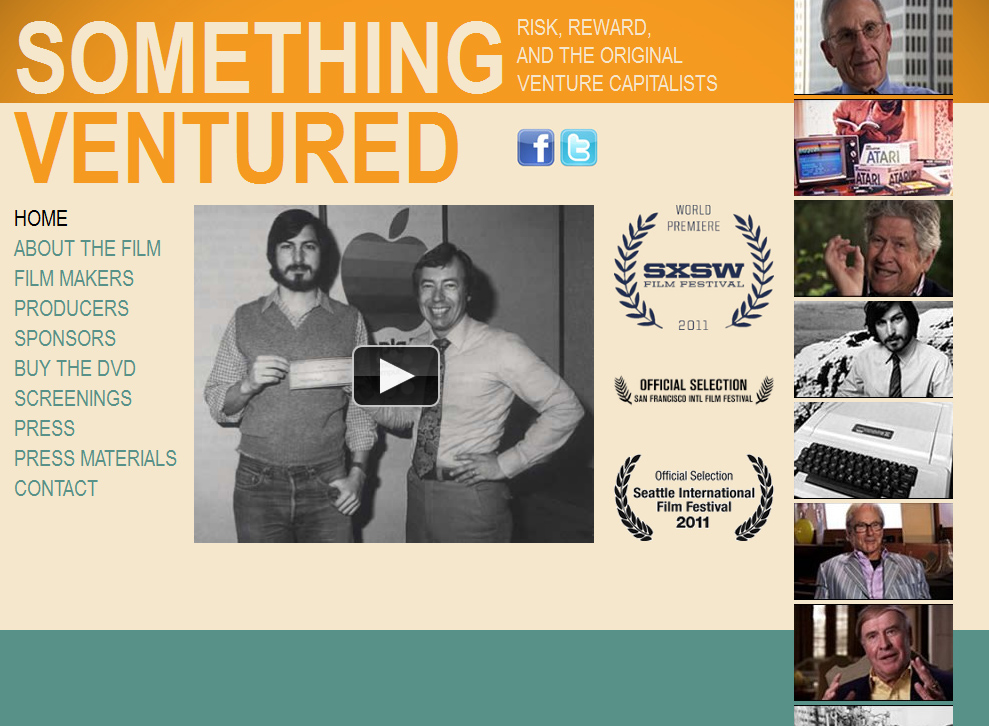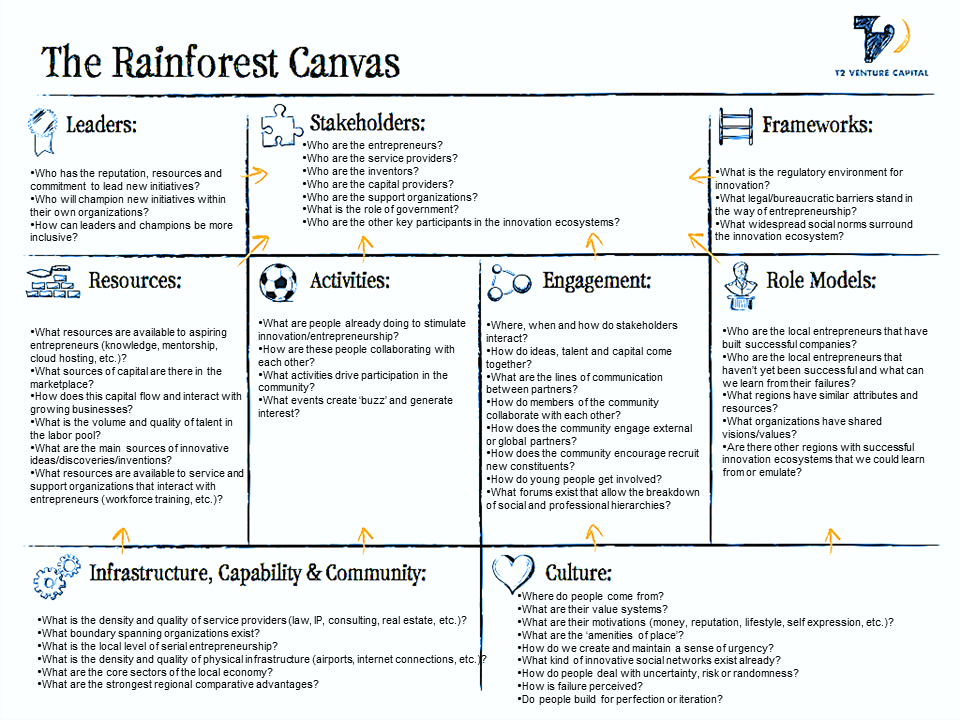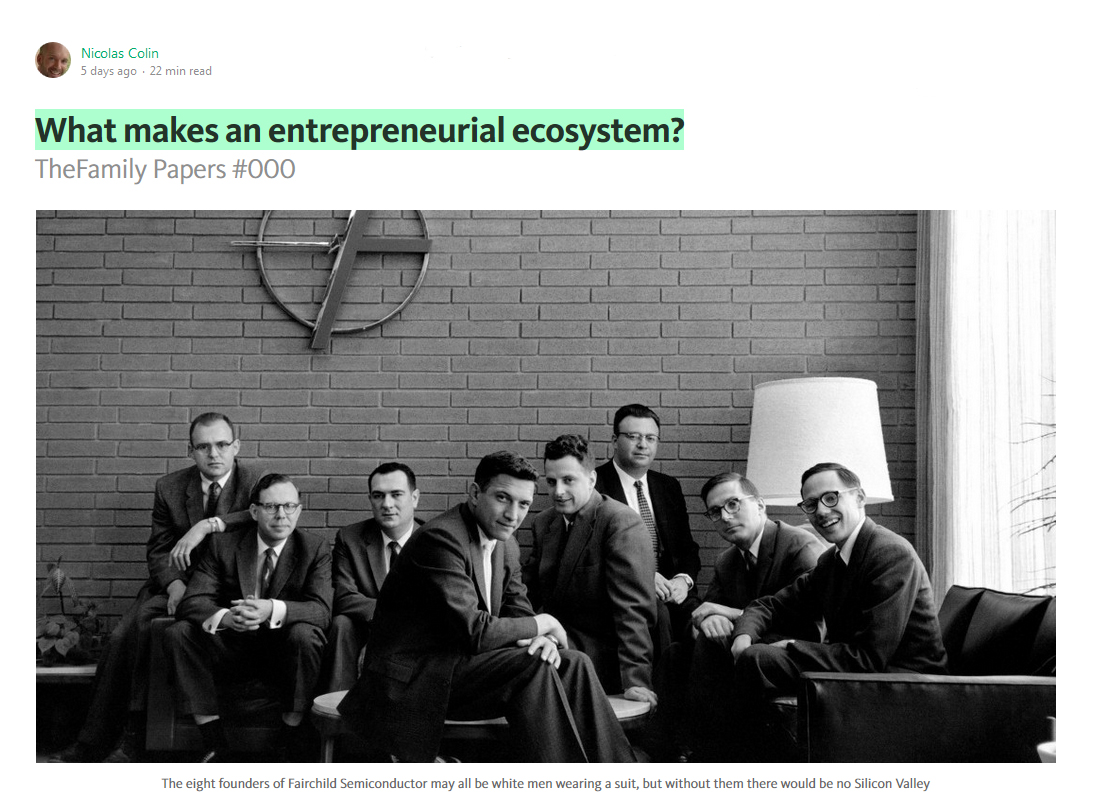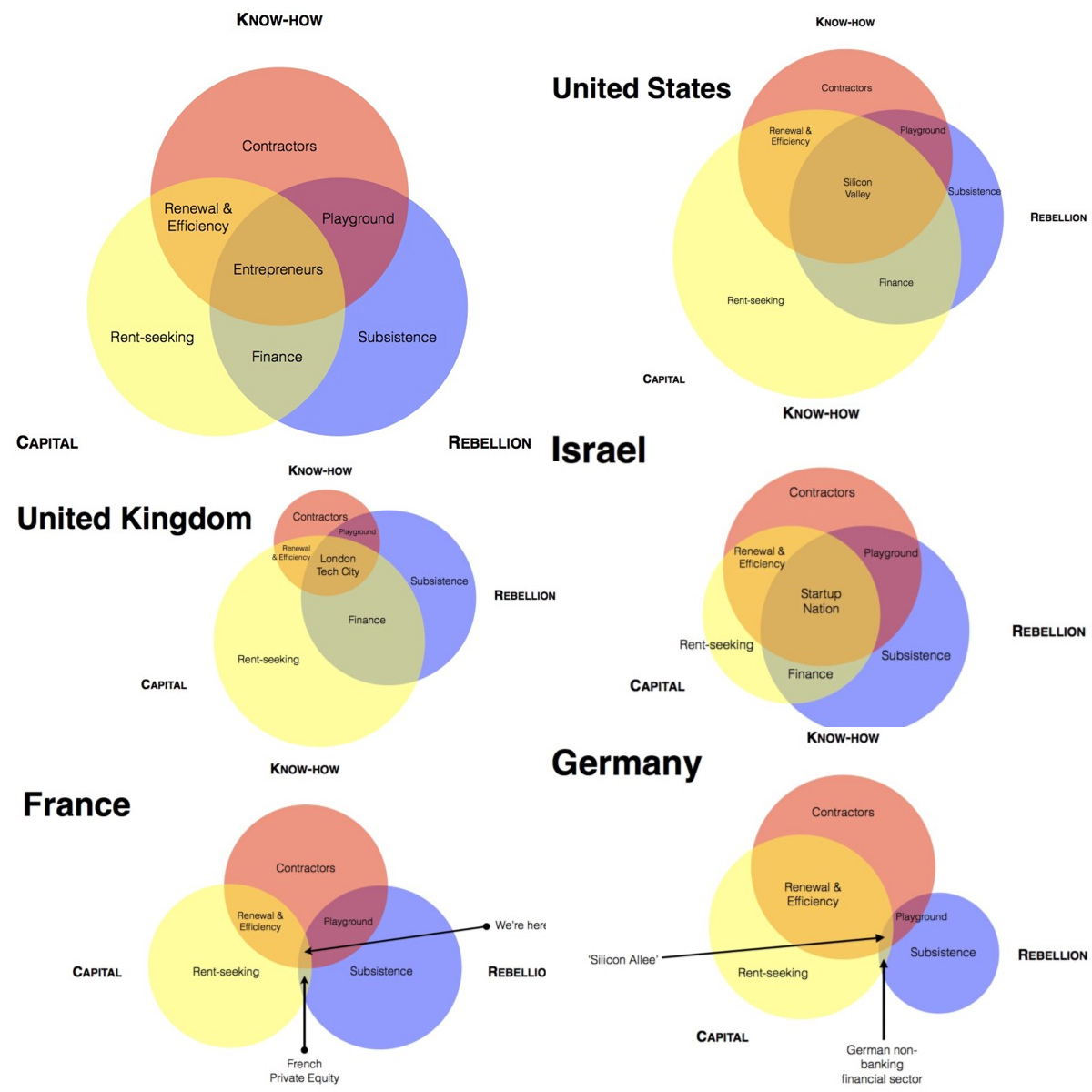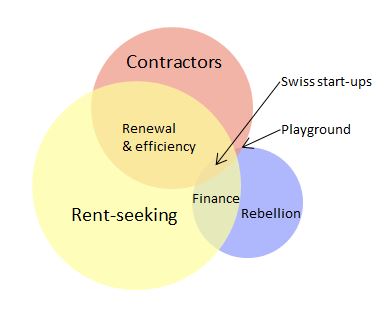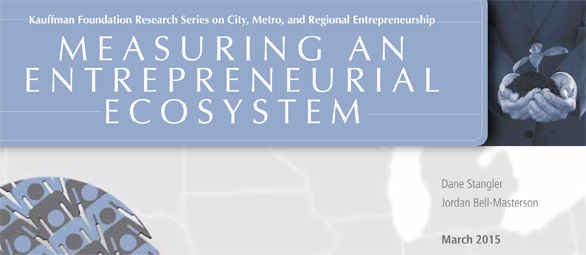I began this blog in July 2007, so more than 15 years ago. I began my professional activity around startups in September 1997, so more than 25 years ago. So many adventures, so many great moments. And so much book reading! I revisited these pages and did an exhaustive list of the books I could remember reading. Most have a post somewhere in the blog.
I created a little artificially 6 categories:
– About Google and Apple
– Entrepreneurs’ Biographies
– Startup Stories and Analyses
– Ecosystems and Innovation
– Venture Capital
– How to
– Fictions / Thrillers (or close)
Here they are… Enjoy (maybe!)
About Google and Apple
- Goomics, Google’s corporate culture revealed through internal comics, Manu Cornet
- In the Plex, How Google Thinks, Works and Shapes Our Lives, Stephen Levy
- How Google Works, Eric Schmidt, Jonathan Rosenberg
- Dogfight, How Apple and Google Went to War and Started a Revolution, Fred Vogelstein
- I’M Feeling Lucky, Falling On My Feet in Silicon Valley, Douglas Edwards
- The Apple Revolution, Steve Jobs, the Counter Culture and How the Crazy Ones Took Over the World, Luke Dormehl
- Work Rules! Insights from inside Google that will transform how you live and lead, Laszlo Bock
- The Google Story, David Vise
- Return to the Little Kingdom, How Apple and Steve Jobs Changed the World, Michael Moritz
Biographies
- Elon Musk, Tesla, SpaceX, and the Quest for A Fantastic Future, Ashlee Vance
- Steve Jobs, La vie d’un génie, Walter Isaacson
- Inside Steve’s Brain, Leander Kahney
- The Man Behind the Microchip, Robert Noyce and the Invention of Silicon Valley, Leslie Berlin
Startups Stories / Analyses
- Trillion Dollar Coach, The Leadership Playbook of Silicon Valley’s Bill Campbell, Eric Schmidt, Jonathan Rosenberg, and Alan Eagle
- L’entrepreneuriat en action, Ou comment de jeunes ingénieurs créent des entreprises innovantes, Philippe Mustar
- Chercheurs et entrepreneurs : c’est possible ! Belles histoires du numérique à la française, Laurent Kott, Antoine Petit
- Bad Blood, Secrets and Lies in a Silicon Valley Startup, John Carreyrou
- Bienvenue dans le Nouveau Monde, Comment j’ai survécu à la coolitude des startups, Mathilde Ramadier
- Les start-up expliquées à ma fille, L’entrepreneuriat vu de l’intérieur, Guillene Ribière
- Startup, Arrêtons la mascarade, Contribuer vraiment à l’économie de demain, Nicolas Menet, Benjamin Zimmer
- No Exit, Struggling to Survive a Modern Gold Rush, Gideon Lewis-Kraus
- The Hard Thing About Hard Things, Building a Business When There are no Easy Answers, Ben Horowitz
- Zero to One, Notes on Startups, or How to Build the Future, Peter Thiel, Blake Masters
- Startupland, How Three Guys Risked Everything to Turn an Idea into a Global Business, Mikkel Svane, Carlye Adler
- European Founders at Work, Pedro Gairifo Santos
- Founders at Work, Stories of Startups’ Early Days, Jessica Livingston
- The Monk and the Riddle, The Education of a Silicon Valley Entrepreneur, Randy Komisar
- Once you’re lucky, Twice you’re good, The Rebirth of Silicon Valley and the Rise of Web, Sarah Lacy
- They Made It! Angelika Blendstrup
- Betting It All, The Entrepreneurs of Technology, Michael Malone,
- In the Company of Giants, Candid Conversations With the Visionaries of the Digital World, Rama Dev Jager, Rafael Ortiz
- Startup, A Silicon Valley Adventure, Jerry Kaplan
Ecosystems and Innovation
- From the Basement to the Dome, How MIT’s Unique Culture Created a Thriving Entrepreneurial Community, Jean-Jacques Degroof
- The Microchip Revolution: A brief history, Luc O. Bauer, E. Marshall Wilder
- The Code, Silicon Valley and the Remaking of America, Margaret O’Mara
- Loonshots or how to nurture crazy ideas, Safi Bahcall
- Troublemakers, How Generation of Silicon Valley Upstarts Invented the Future, Leslie Berlin
- The Rainforest, The Secret to Building the Next Silicon Valley, Victor W. Hwang, Greg Horowitt
- The Innovators, How a Group of Hackers, Geniuses, and Geeks Created the Digital Revolution, Walter Isaacson
- The Entrepreneurial State, Debunking Public vs. Private Sector Myths, Mariana Mazzucato
- Genentech, The Beginnings of Biotech, Sally Smith Hughes
- Science Lessons, What the Business of Biotech Taught Me About Management, Gordon Binder
- Le prochain Google sera Suisse (à 10 conditions), Fathi Derder
- Prophet of Innovation, Joseph Schumpeter and Creative Destruction, Thomas McCraw
- Start-up Nation, The Story of Israel’s Economic Miracle, Dan Senor, Saul Singer
- Boulevard of Broken Dreams, Why Public Efforts to Boost Entrepreneurship and Venture Capital Have Failed–and What to Do About It, Josh Lerner
- The Innovation Illusion, How So Little is Created by So Many Working So Hard, Fredrik Erixon, Bjorn Weige
- Un paléoanthropologue dans l’entreprise, S’adapter et innover pour survivre, Pascal Picq
- Against Intellectual Monopoly, Michele Boldrin and David K. Levine
- The New Argonauts, Regional Advantage in a Global Economy, AnnaLee Saxenian
- Regional Advantage, Culture and Competition in Silicon Valley and Route 128, AnnaLee Saxenian
- Silicon Valley Fever, Growth of High Technology Culture, Everett M. Rogers, Judith K. Larsen
- Creating the Cold War University, The Transformation of Stanford, Rebecca S. Lowen
- Nurturing Science-based Ventures, An International Case Perspective, Ralf Seifert, Benoït Leleux, Christopher Tucci
- Entrepreneurship and Innovation, Peter F. Drucker
- The Gorilla Game, Picking Winners in High Technology, Geoffrey Moore
- Inside the Tornado, Strategies for Developing, Leveraging, and Surviving Hypergrowth Markets, Geoffrey Moore
- Crossing the Chasm, Marketing and Selling High-Tech Products to Mainstream Customers, Geoffrey Moore
- The Founder’s Dilemmas, Anticipating and Avoiding the Pitfalls That Can Sink a Startup, Noam Wasserman
- The Innovators Dilemma, When New Technologies Cause Good Firms To Fail, Clayton M. Christensen
- Accidental Empires, How the Boys of Silicon Valley Make Their Millions, Battle Foreign Competition, and Still Can’t Get a Date, Robert X. Cringley
Venture Capital
- The Power Law, Venture Capital and the Making of the New Future, Sebastian Mallaby
- The Masters of Private Equity and Venture Capital, Management Lessons from the Pioneers of Private Investing, Robert A. Finkel
- The Startup Game, Inside the Partnership between Venture Capitalists and Entrepreneurs, William H. Draper III
- Creative Capital, Georges Doriot and the Birth of Venture Capital, Spencer Ante
- The Business of Venture Capital, Insights from Leading Practitioners on the Art of Raising a Fund, Deal Structuring, Value Creation, and Exit Strategies, Mahendra Ramsinghani
- The New Venturers, Inside the High-Stakes World of Venture Capital, John Wilson
How To
- The Mom Test, How to talk to customers & learn if your business is a good idea when everyone is lying to you, Rob Fitzpatrick
- Straight Talk for Startups, 100 Insider Rules for Beating the Odds, Randy Komisar, Jantoon Reigersman
- Measure What Matters, OKRs, The Simple Idea that Drives 10x Growth, John Doerr,
- The start-up of You, Adapt to the Future, Invest in Yourself, and Transform Your Career, Reid Hoffman
- Don’t f**k it up, How Founders and Their Successors Can Avoid the Clichés That Inhibit Growth, Les Trachtman
- How To Start a Business That Doesn’t Suck (and will actually turn a profit), Michael Clarke
- The Four Steps to the Epiphany, Successful Strategies for Products That Win, Steve Blank (NB: the book has been updated and renamed as The Startup Owner’s Manual, The Step-by-Step Guide for Building a Great Company, Steve Blank, Bob Dorf)
- The Lean Startup, How Today’s Entrepreneurs Use Continuous Innovation to Create Radically Successful Businesses, Eric Ries
- Business Model Generation, Alexander Osterwalder and Yves Pigneur
- Slicing Pie, Funding Your Company Without Funds, Mike Moyer
- Getting to Plan B, Breaking Through to a Better Business Model, John Mullins, Randy Komisar
- Winning Opportunities, Proven Tools for Converting Your Projects into Success (without a Business Plan), Raphael Cohen
- Start-up, (anti-)bible à l’usage des fous et des futurs entrepreneurs, Bruno Martinaud
- The Art of the Start, GuyKawasaki
Fiction / Thrillers or close

